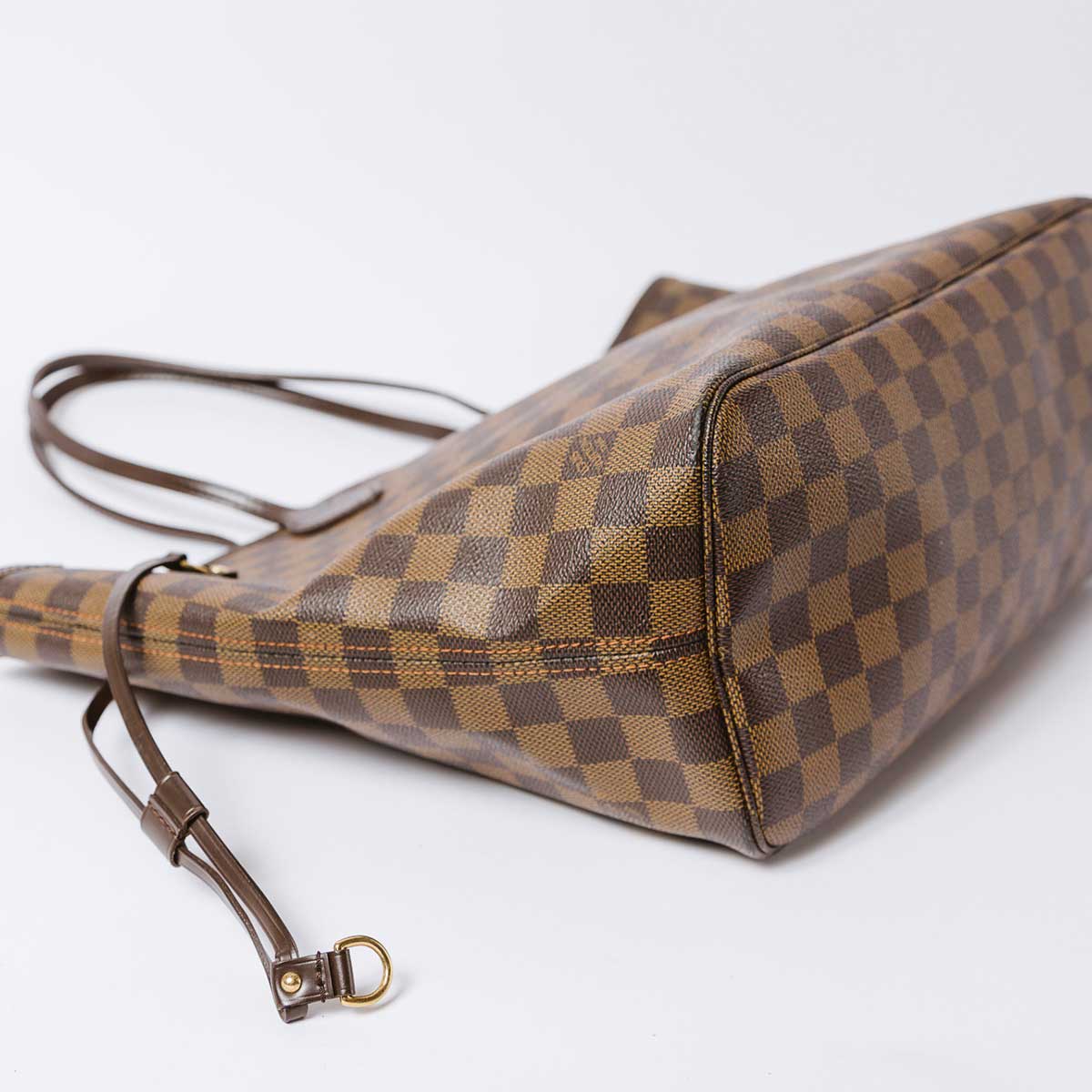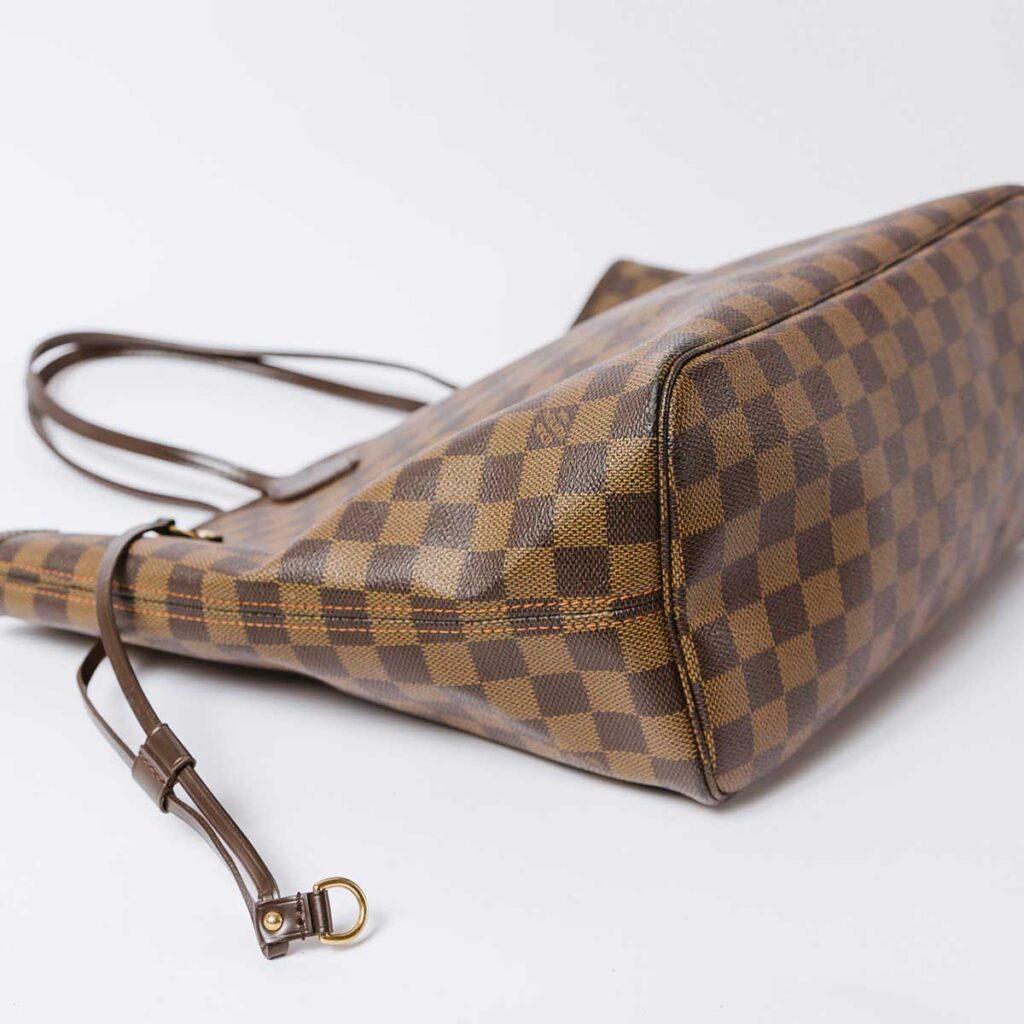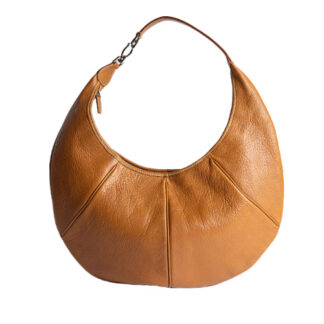
Investing in Designer Bags: A Guide to Resale
Designer handbags are far more than just fashion statements or accessories. For many fashion enthusiasts, high-end designer bags are prized possessions and meaningful investments.
Some designer bags even retain or gain value over time, making them potential financial investments as well as sentimental ones for serious fashion lovers. Discerning purchasers who select the right styles know that even designer bags purchased second-hand can appreciate in value and be resold for more than their original price.

But not all designer bags are created equal when it comes to investment potential and returns. Prime examples like Chanel, Hermès, Louis Vuitton, and Gucci tend to increase in value, while other bags plummet.
Let’s explore the key factors that make some designer bags appreciate in value over time while others depreciate. With knowledge of what makes a bag hold its value, fashionistas can choose wisely when building their luxury handbag collections.
Are designer bags a good investment?
Designer handbags can be a good investment if chosen carefully. The key factors to consider are: brand, rarity, condition, and demand.
Iconic luxury brands like Chanel, Hermès, Louis Vuitton, and Gucci hold value well thanks to their classic styles that remain in demand for decades. Limited edition and one-of-a-kind bags also appreciate in value, as do discontinued styles that become rare over time.
Bags in gently used or pristine condition hold value much better than worn or damaged bags, since proper care and storage helps maintain condition.
Additionally, popular, coveted styles that fashionistas crave are more likely to appreciate in value, especially styles that stand the test of time. For example, the Hermès Birkin has steadily increased in value, with pristine versions selling for $70,000 or more. Similarly, Chanel’s timeless 2.55 flap bag in good condition can sell for twice its original price.
But buying designer bags purely as investments carries risks too, since personal taste and trends always change, so there are no guarantees.
Which designer bags hold their value?
When it comes to which designer bags hold the most value, a few iconic luxury brands stand out from the rest.
Chanel’s signature flap bag styles like the 2.55 and Boy Bag tend to retain value very well over time thanks to their continuously enduring popularity. Hermès’ Birkin and Kelly bags also hold exceptional value due to Hermès’ strict limits on production and use of only the finest materials. Louis Vuitton classics such the Speedy and Neverfull, especially in the monogram canvas and special limited editions, maintain strong value year after year.
Gucci styles like the Jackie, Marmont, and Dionysus have also endured, maintaining value beautifully. Vintage Gucci styles even tend to become collectible over time. More niche or obscure luxury brands can sometimes hold decent value too, but the most iconic and recognizable mega-brands like Chanel, Hermès, Louis Vuitton, and Gucci have proven track records demonstrating their value retention abilities across decades.
Rare limited edition bags and desirable one-of-a-kind bags also possess an inherent advantage for appreciating in value rather than depreciating over time.
Designer bags with the best resale value
When it comes to which designer bags have the absolute best resale value, certain models stand out from the crowds.
The Hermès Birkin, thanks to its meticulous craftsmanship and intentional scarcity, tops most resale value ranking lists, with prices varying depending on the leather, color, and condition. Louis Vuitton’s Neverfull tote remains in high demand, with customized and limited edition versions achieving the highest resale values.
The Chanel Classic Flap, with its elegant quilting and signature chain strap, commands premium resale prices, especially for black and beige colors in pristine condition. Gucci’s Dionysus, thanks to its versatility and intricacy, wins top value for Gucci resales. Demand also remains satisfyingly high for the vintage-inspired Chloe Drew saddlebag, with smaller neutral colors holding value most consistently over time.
For maximizing potential resale value, the condition of the bag is paramount – durability and ease of care become very important considerations when purchasing designer bags as investments
Designer bags with the worst resale value
On the other end of the spectrum from bags that hold value, some designer bags unfortunately struggle to retain any resale value. Trendy styles that fade quickly are very risky bets, as are bags in bold prints or colors that go out of fashion. Conspicuous brand logo patterns can also fall out of favor.
Even premier designer brands can have their value diminished if lower quality materials and craftsmanship are used. Signs of heavy wear and tear like stains, scratches, scuffs, and missing hardware badly hurt resale potential. Bags that are mass produced in higher quantities or widely available as entry level styles also won’t hold value as well over time compared to intentionally limited production runs.
Additionally, more niche or obscure luxury brands can be harder to resell later on compared to globally iconic powerhouse names like Chanel and Louis Vuitton. It’s also wise to avoid commonly counterfeited bags, as authenticity concerns hurt resale value down the road. Carefully researching current resale prices for specific designer bags being considered can help guide informed purchases.
Best designer bag to buy as an investment
When it comes to choosing a designer bag with the most wise investment potential, certain considerations stand out: The most iconic classic flap bags and quilted leather styles from Chanel or Louis Vuitton’s Speedy and Neverfull lines have proven enduring value.
Neutral color choices like black, brown, tan, navy, and beige tend to be the safest options for maximizing future resale potential. Hermès Birkin and Kelly bags in particular hold value exceptionally well given their tightly limited production. Seeking out gently used or pristine condition bags is ideal, since they sell for much higher prices, and durability is key.
For pre-owned and vintage bags, buying only from reputable, trusted retailers helps ensure authenticity. While potential future resale value should not be the sole deciding factor, it can be prudent to consider it when investing thousands of dollars into a designer handbag.
With proper care and shrewd investment-minded choices, high-end designer bags can in fact gain value and ultimately cost much less per use over their lifetime.
Takeaways for investing in a designer bag
When selecting an expensive designer handbag, considering its investment potential and resale value is prudent. Opting for enduring, iconic styles in neutral colors from luxury powerhouses like Chanel, Hermès, and Louis Vuitton provides the best value retention.
Seeking out limited editions and pristine or gently used bags also boosts outlook. Proper care and storage maintains condition essential for strong resale prices. While handbags shouldn’t be purchased solely as investments, being informed about which hold value best allows fashionistas to build collections with potential to appreciate, not just depreciate.
With wise purchases, designer bags can become assets that gain value and represent long-term investments as well as beautiful fashion statements to cherish.
Shop second-hand designer bags…
-
 Christian DiorMaris Pearl Handbag PinkAUD 450.00AUD 450.00
Christian DiorMaris Pearl Handbag PinkAUD 450.00AUD 450.00 -
 FerragamoTan croissant shoulder bagAUD 650.00AUD 650.00
FerragamoTan croissant shoulder bagAUD 650.00AUD 650.00 -
 FerragamoTessuto Shoulder BagAUD 550.00AUD 550.00
FerragamoTessuto Shoulder BagAUD 550.00AUD 550.00
